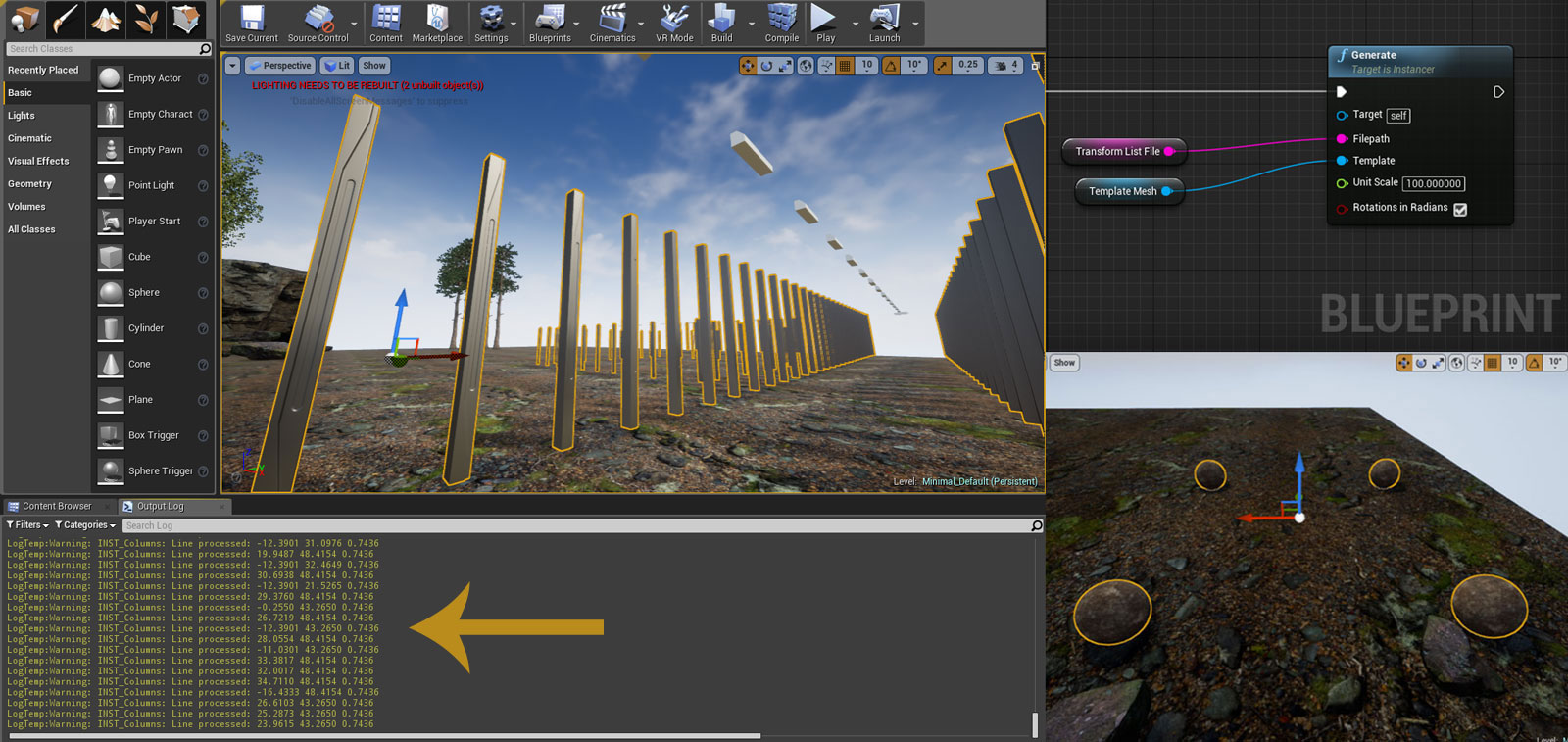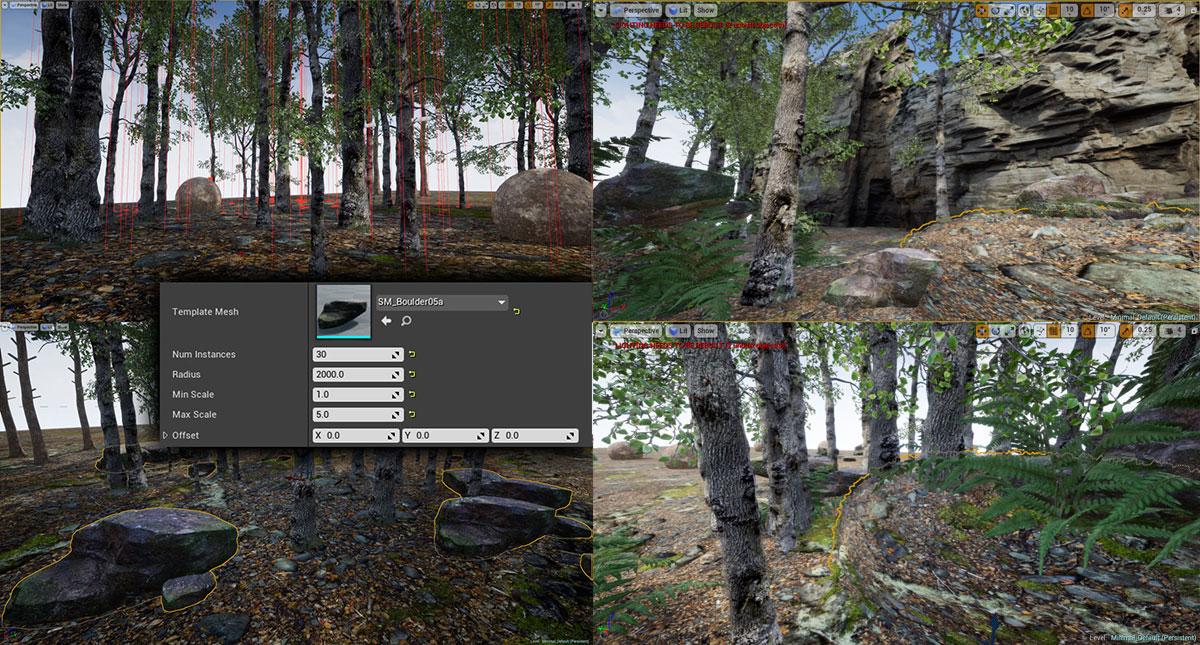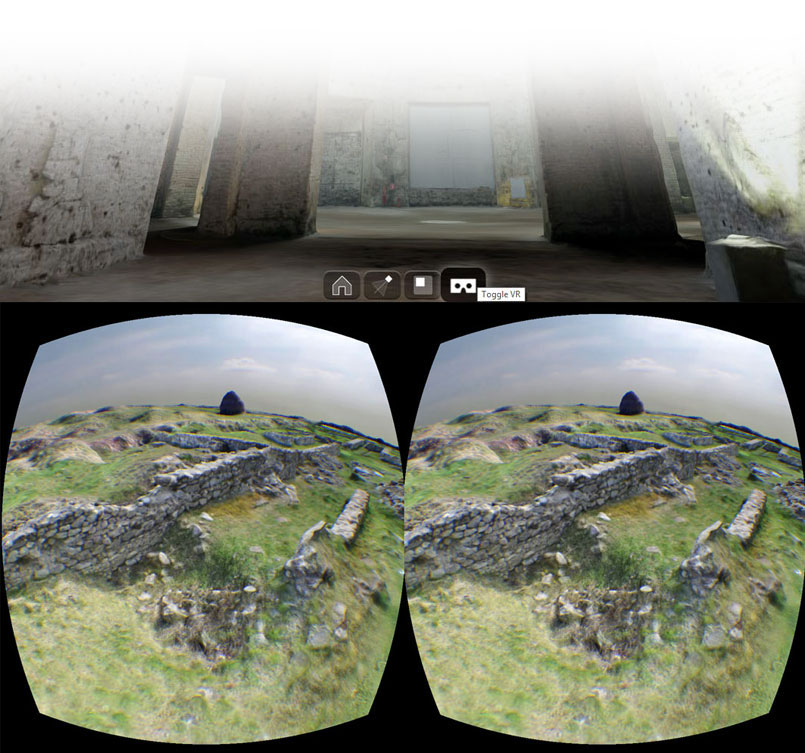This is a first update regarding progress (july-august) on game-oriented assets production for the new Forum Augusti employed to create reusable, flexible and modular 3D components. The FBX models target utilization mostly in Unreal Engine 4 and SONY PhyreEngine (Playstation VR) – within REVEAL Project. Overall process started out from basic props and components (e.g. column, doors, braziers, etc…) most of them re-optimized to fullfil proper guidelines, including PBR requirements within VR fruition.

Most of per-asset workflow focused on geometry optimizations, level of detail, uv-maps and other aspects, taking into account a few considerations regarding VR best practices and in-game fruition. At this stage, produced FBX were imported in Unreal Engine in order to verify modularization, parametrization and procedural generation, described in a previous post. Such approach guarantees great flexibility for level designers or, if different hypotheses are validated during the process.
The video shows a short overview of a few experimentations right before the summer break, using produced modular assets, their parametrization and a first draft for PBR-based materials. Such tasks were also carried out in order to verify performance scaling at macroscopic level. More technical updates to come… Stay tuned.




